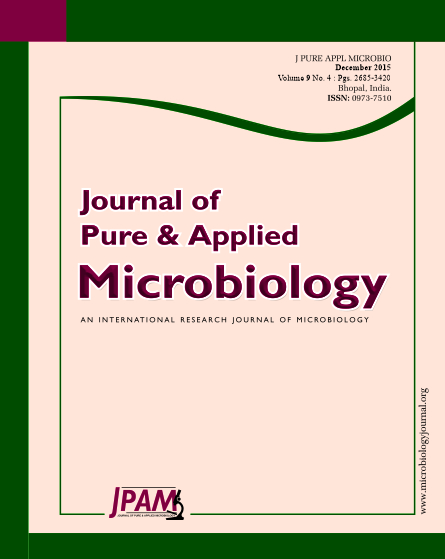Nowadays, smoking shisha has been steadily spreading among people around the world. This study shed light on the presence of sporulating fungi as a second dimension to the risks of smoking shisha. Paecilomyces lilacinus, Paecilomyces variotii and Penicillium purporogenum were isolated from inner parts of shishas’. These three taxa have a bad reputation in the excretion of mycotoxins and causing similar symptoms of pneumonia. Penicillium purporogenum, Paecilomyces lilacinus, Paecilomyces variotii, Aspergillus niger and Ulocladium utrum were also isolated from air of the tested smoking places. Results showed that the laden air smell of mixture of menthol, eucalyptus oil and methyl salicylate (commercially, Abou Faz), inhibited by 100% growth of fungi isolated from inner structures of shishas’. The laden air smell of mint oil completely inhibited mycelia growth of Paecilomyces lilacinus while it did not affect others. Laden air smell of clove oil reduced amount of conidia and the red secretion of Penicillium purporogenum while it did not affect the rest. Air laden with each of anise, cardamom, eucalyptus and ginger had no effect on the three tested fungi. Application of a mixture of menthol and eucalyptus oils with methyl salicylate reduces risks of fungi circulating within the internal structures of the shisha and not reached by cleaning methods.
Paecilomyces lilacinus, Paecilomyces variotii, Penicillium purporogenum, shisha (hookah & waterpipe), Volatile oils
© The Author(s) 2015. Open Access. This article is distributed under the terms of the Creative Commons Attribution 4.0 International License which permits unrestricted use, sharing, distribution, and reproduction in any medium, provided you give appropriate credit to the original author(s) and the source, provide a link to the Creative Commons license, and indicate if changes were made.


